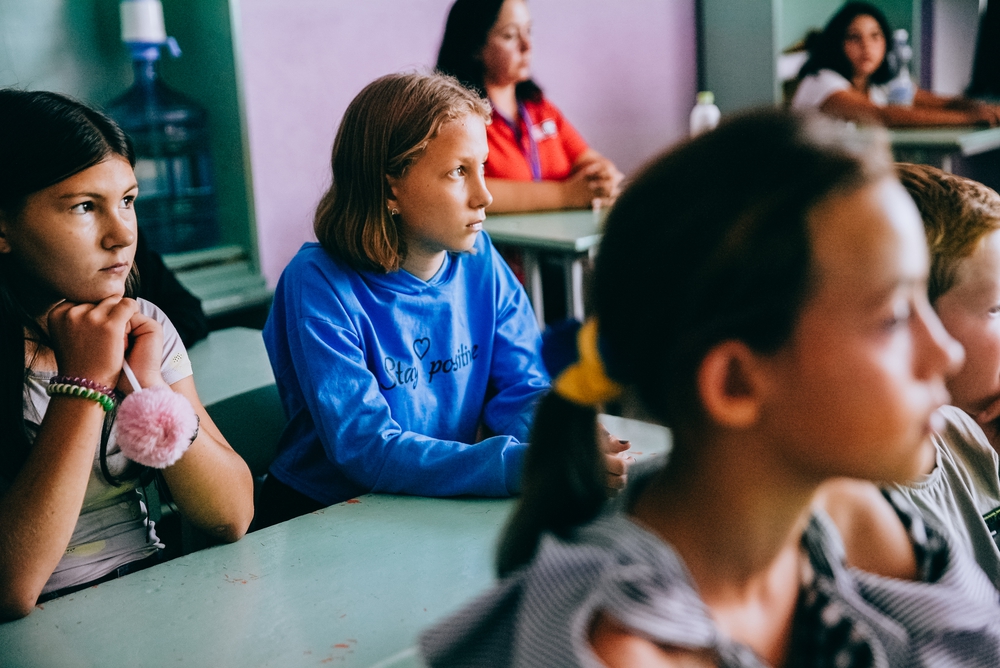The Second International Day for Disarmament and Non-Proliferation and the Youth for Humanitarian Disarmament Contest.
On this 5th March, the second International Day for Disarmament and Non-Proliferation coincides with the launch of the Youth for Humanitarian Disarmament contest by the Mexican Presidency of the Convention on Cluster Munitions and the European Union. This occasion triggers some reflections on children and youth and their key role in paving the way for a safer and more secure world.
Children and youth are among those that are the most impacted by the direct and indirect effects of armed conflicts and violence. Significantly high numbers of casualties among children and the youth are being reported from both of the active armed conflicts in Gaza and Ukraine. Similarly, almost half of the civilian casualties caused by landmines and explosive remnants of war around the world in 2022 concerned children according to the latest Landmine Monitor. Even where children are not direct casualties, there are often long-lasting harmful effects on both children and youth when adults are killed or injured due to the reverberating effects linked to those weapons and remnants, including psychological harm and trauma which impacts their lives and livelihoods.
Children and youth embody hope for the future, but the extensive use of explosive weapons, including improvised landmines, and remnants of war, and the proliferation of small arms and light weapons, clearly undermine this hope. Children, because of their natural curiosity, are more likely to be harmed by explosive remnants of war, which can be found still active and dangerous many years after a conflict has ended. Furthermore, both children and youth are often forced to deal with the fear and insecurity caused by those weapons and remnants, and which for some may even inhibit their access to education opportunities and healthcare services.

Humanitarian disarmament measures aim to minimise the effects of weapons on children and youth, among others, contributing to reducing the ‘human cost of weapons’, borrowing the UN Secretary General’s words. MAG actively focuses on the needs of children and youth in all its programmes, such as Cambodia, Iraq, Lebanon, Myanmar, Nigeria, Syria, Vietnam, and Ukraine, often in partnership with local NGOs and other stakeholders that work with children and youth. Puppet shows in Lebanon and Iraq are just an example of how MAG aims reach children and youth through specific and tailored activities to prevent harm.
Furthermore, in line with the Youth, Peace and Security Agenda (YPS), MAG is committed to support the participation of the youth to spread peace and disarmament culture. This is the case, for example, of Sierra Leone, where MAG activities are aimed at supporting the meaningful empowering of the youth, so that their voices can be heard.
Children and youth have the greatest gifts of hope and imagination, which often lead them to think about a more peaceful world without armed violence. If these gifts are combined with lived experiences and solidarity with their fellows living in danger, their voices cannot go unheard.
MAG is very glad to have been invited to speak about the link between humanitarian disarmament and the Sustainable Development Goals at the UN in Geneva today and support the launch of the Youth and Humanitarian Disarmament contest of the Mexican Presidency of the Convention on Cluster Munitions and the European Union. This is a very important initiative to both shed light on the terrible and unacceptable impact on children and youth lives and livelihood of weapons, conflict, and armed violence and how children and youth are critical and inspiring actors paving the way to a safer and more peaceful future for the whole international community.





